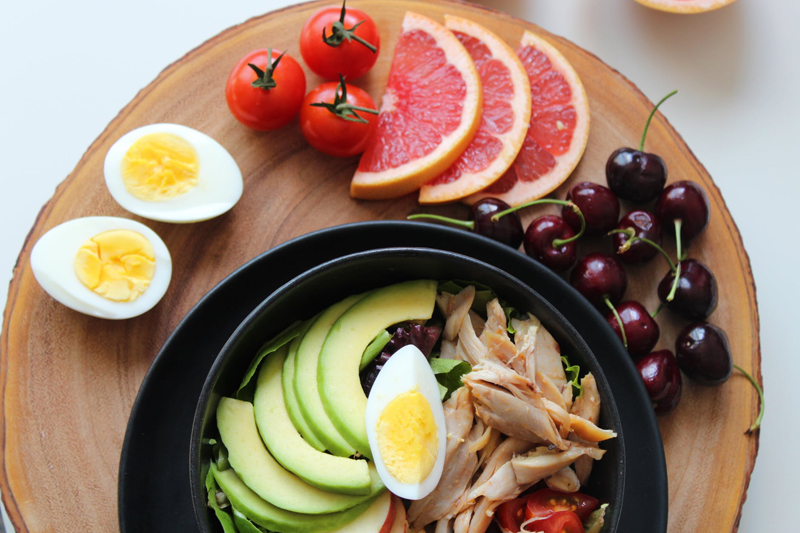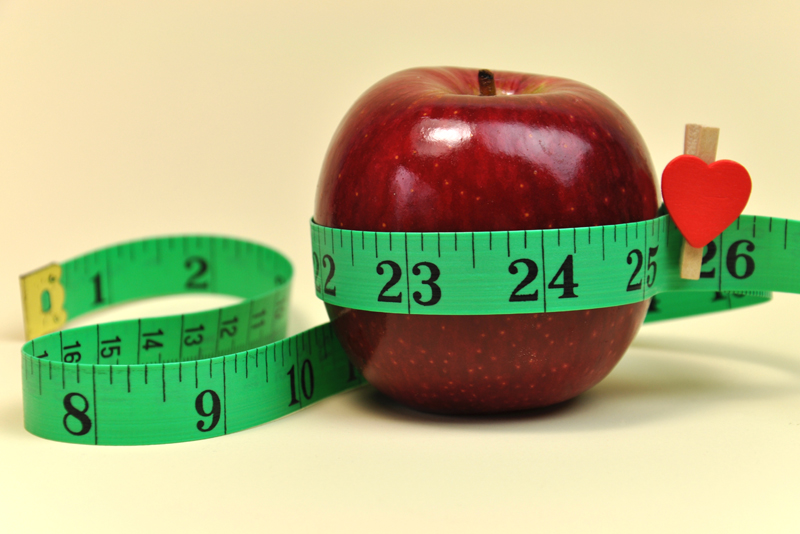Candida Yeast and Low Carb

Candida Yeast problems plague many women at some point in their lives. Luckily, a low carb diet can really help with this problem! Why? Because yeast feeds on sugar!
First, let's talk about what candida yeast is. Most people know yeast as the little organism that makes bread rise and makes wine from grapes. Yeast is a small organism that eats sugar and creates alcohol or carbon dioxide. If there is no sugar, the yeast can't live. When you add yeast to a bunch of grape juice, the yeast eats up the sugar from the grapes and creates alcohol.
Human bodies naturally have some candida in them, just as they naturally have all sorts of other bacteria in them. It's fine to have candida. The problem occurs when the candida grows "out of control" - to a level that it starts to harm your body. It gets itchy and causes rashes. The only reason candida can grow too much is if it has too much food. That makes sense - if there wasn't enough food, it wouldn't be able to grow.
So what does candida live on, in a human body? Sugar, of course. Your body doesn't make sugar - it gets sugar from the food you eat. If you ate a ton of sugar - say a whole box of Ring Dings - all that sugar goes down into your stomach, and from there out into your blood system. That then nourishes the candida yeast cells.
The solution is exactly what the low carb diet recommends - reduce your sugar intake. Eat a lot of veggies. Eat nutritious meats like grilled chicken and fresh salmon. These things don't tend to have sugar in them. The less sugar you have in your diet, the less food for the yeast- and the less trouble it can cause for you.
I can give first hand testimony to this working. I used to have a lot of problems with candida yeast infections. Once I went low carb and stopped eating a lot of sugar, they pretty much vanished!
If you are having a candida yeast problem, of course go and talk to your doctor first. But while you're in there, ask him or her if it would be OK if you ate less sugar for a few weeks. See what your doctor has to say!

Lisa Shea's Library of Low Carb Books
First, let's talk about what candida yeast is. Most people know yeast as the little organism that makes bread rise and makes wine from grapes. Yeast is a small organism that eats sugar and creates alcohol or carbon dioxide. If there is no sugar, the yeast can't live. When you add yeast to a bunch of grape juice, the yeast eats up the sugar from the grapes and creates alcohol.
Human bodies naturally have some candida in them, just as they naturally have all sorts of other bacteria in them. It's fine to have candida. The problem occurs when the candida grows "out of control" - to a level that it starts to harm your body. It gets itchy and causes rashes. The only reason candida can grow too much is if it has too much food. That makes sense - if there wasn't enough food, it wouldn't be able to grow.
So what does candida live on, in a human body? Sugar, of course. Your body doesn't make sugar - it gets sugar from the food you eat. If you ate a ton of sugar - say a whole box of Ring Dings - all that sugar goes down into your stomach, and from there out into your blood system. That then nourishes the candida yeast cells.
The solution is exactly what the low carb diet recommends - reduce your sugar intake. Eat a lot of veggies. Eat nutritious meats like grilled chicken and fresh salmon. These things don't tend to have sugar in them. The less sugar you have in your diet, the less food for the yeast- and the less trouble it can cause for you.
I can give first hand testimony to this working. I used to have a lot of problems with candida yeast infections. Once I went low carb and stopped eating a lot of sugar, they pretty much vanished!
If you are having a candida yeast problem, of course go and talk to your doctor first. But while you're in there, ask him or her if it would be OK if you ate less sugar for a few weeks. See what your doctor has to say!

Lisa Shea's Library of Low Carb Books

Related Articles
Editor's Picks Articles
Top Ten Articles
Previous Features
Site Map
Follow @LisaLowCarb
Tweet
Content copyright © 2023 by Lisa Shea. All rights reserved.
This content was written by Lisa Shea. If you wish to use this content in any manner, you need written permission. Contact Lisa Shea for details.










